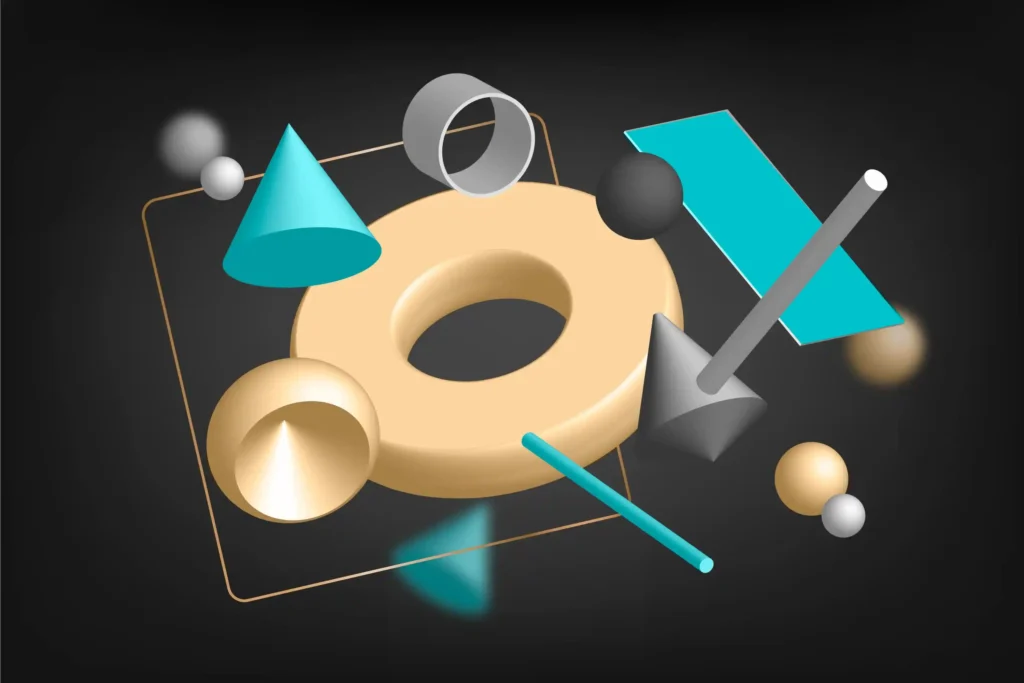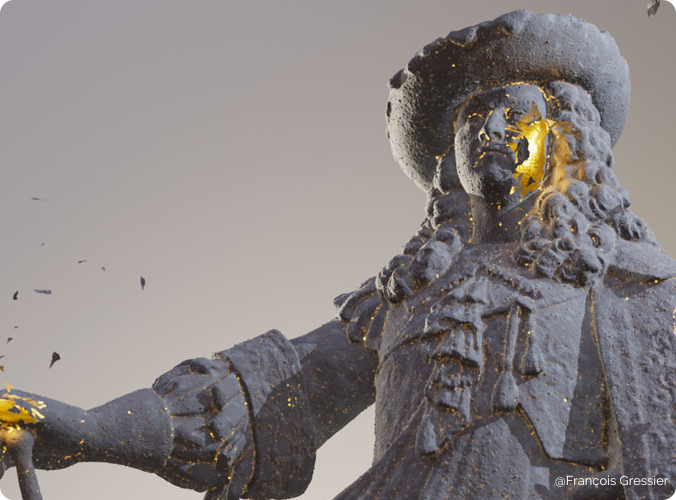How to Transfer 3Ds Max Models to Blender

3Ds Max, developed by Autodesk, is a professional 3D modeling software widely used in architecture and game development. It offers comprehensive modeling capabilities, advanced animation tools, and high-quality rendering options.
Blender is an open-source 3D creation suite that has gained significant popularity. It provides a complete 3D pipeline including modeling, rigging, animation, simulation, rendering, and video editing tools.

Key points
- Use FBX format for optimal compatibility when exporting from 3Ds Max to Blender
- Prepare your 3Ds Max model by cleaning up and organizing before export
- Configure export settings in 3Ds Max to preserve geometry, materials, and animations
- Import FBX file into Blender using appropriate import settings
- Adjust materials and textures in Blender after import
- Utilize Blender’s powerful tools for further editing and rendering
Why Transfer Models from 3Ds Max to Blender?
Cost Benefits
Unlike 3Ds Max’s subscription model, Blender is free, making it an attractive option for freelancers and small studios looking to minimize expenses without compromising on capabilities.
Feature Comparison
While 3Ds Max excels in architectural visualization, Blender offers integrated features like Grease Pencil for 2D animations and a versatile node-based shader system for creating complex materials and textures.
Choosing the Right File Format for Transfer
The FBX (Filmbox) format is the preferred choice for transferring models from 3Ds Max to Blender. It preserves geometry, textures, materials, animations, and scene settings, ensuring a more complete transfer of your 3D assets.
Exporting Models from 3Ds Max
- Open your 3Ds Max project file
- Clean up unnecessary objects or layers in your scene
- Navigate to File > Export > Export Selected (or Export All)
- Choose FBX as the export format
- Configure export settings:
- Enable Smoothing Groups under Geometry
- Check Animation if needed and select appropriate frame range
- Consider embedding textures for easier import
- Ensure units are set correctly
- Save the FBX file in an easily accessible location
Importing 3Ds Max Models into Blender
- Launch Blender and start a new project
- Go to File > Import > FBX (.fbx)
- Locate and select your exported FBX file
- Adjust import settings if necessary (e.g., scale, animation options)
- Click “Import FBX” to complete the process
A Blender Addon to import 3Ds Max Models
While Blender has built-in capabilities for importing various 3D file formats, including FBX files from 3Ds Max, there are also specialized addons that can enhance this process. One such addon is the “Import Autodesk MAX” addon, which is inspired by the import functionality in 3Ds Max itself.
The Import Autodesk MAX functionality in 3Ds Max is a professional-grade import feature widely used in design, architecture, and visual effects industries. It allows users to integrate various 3D file types and data into their 3Ds Max projects, which is crucial for cross-software collaboration and workflow efficiency.
Similarly, a Blender addon for importing 3Ds Max files directly could offer the following advantages:
- Support for a wide range of file formats, including .max files, .skp (SketchUp), .dwg and .dxf (AutoCAD), as well as common formats like FBX and OBJ
- Streamlined import process within the Blender interface
- Potentially better preservation of 3Ds Max-specific features and attributes
- Time-saving by avoiding the need to recreate complex models
- Enhanced collaboration by facilitating file exchanges between different software
While such an addon would follow a similar import process to 3Ds Max (File > Import > Select file type > Choose file > Adjust import settings > Import), it’s important to note that some adjustments may still be necessary to optimize the imported geometry or textures within Blender’s environment.
When using any addon or import method, always be prepared to make post-import adjustments, as discussed in the following sections.
Post-Import Adjustments in Blender
Managing Objects and Scenes
After importing, organize your objects into collections and check for any unnecessary elements. Verify mesh integrity and apply transformations as needed.
Adjusting Materials and Textures
Use Blender’s Shader Editor to review and adjust imported materials and textures. You may need to re-link textures or recreate complex materials that didn’t transfer correctly.
Leveraging Blender’s Features for Imported Models
Render Engines
Explore Blender’s Cycles for photorealistic renders or Eevee for real-time results. These powerful render engines can enhance the visual quality of your imported 3Ds Max models.
Node-Based Workflows
Take advantage of Blender’s node systems for materials, textures, and compositing to create complex, procedural effects that can enhance your transferred models.
Troubleshooting Common Transfer Issues
Handling Incompatible Elements
Some 3Ds Max-specific features may not translate directly to Blender. Identify these early and plan to recreate them using Blender’s native tools.
Addressing Scale and Unit Discrepancies
Pay attention to unit settings in both 3Ds Max and Blender to maintain consistent scale. Use Blender’s ‘Apply Scale’ function to resolve any remaining scale issues in your imported models.
By following this guide, you can effectively transfer your 3Ds Max models to Blender, taking advantage of both software’s strengths and expanding your 3D creation capabilities.



